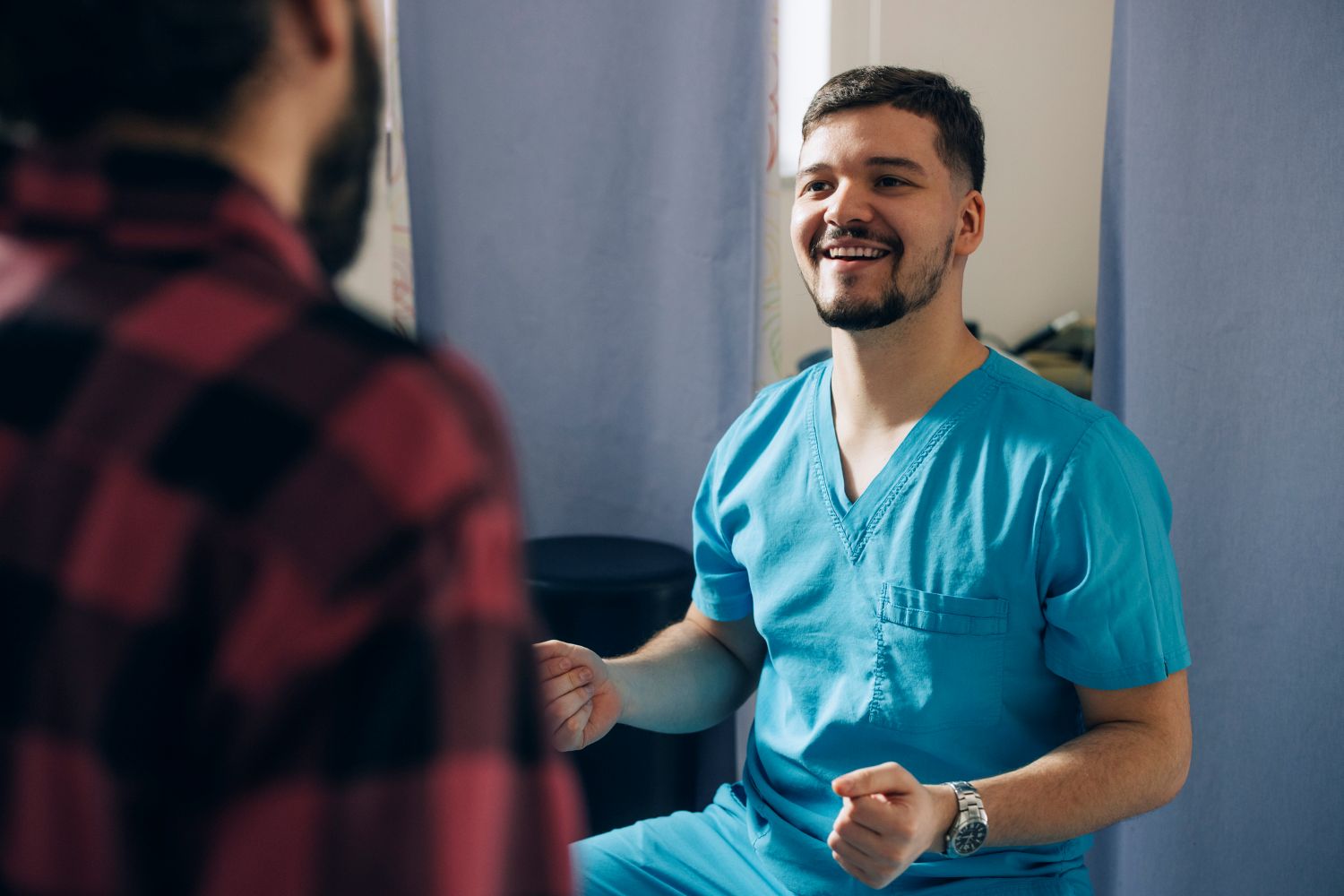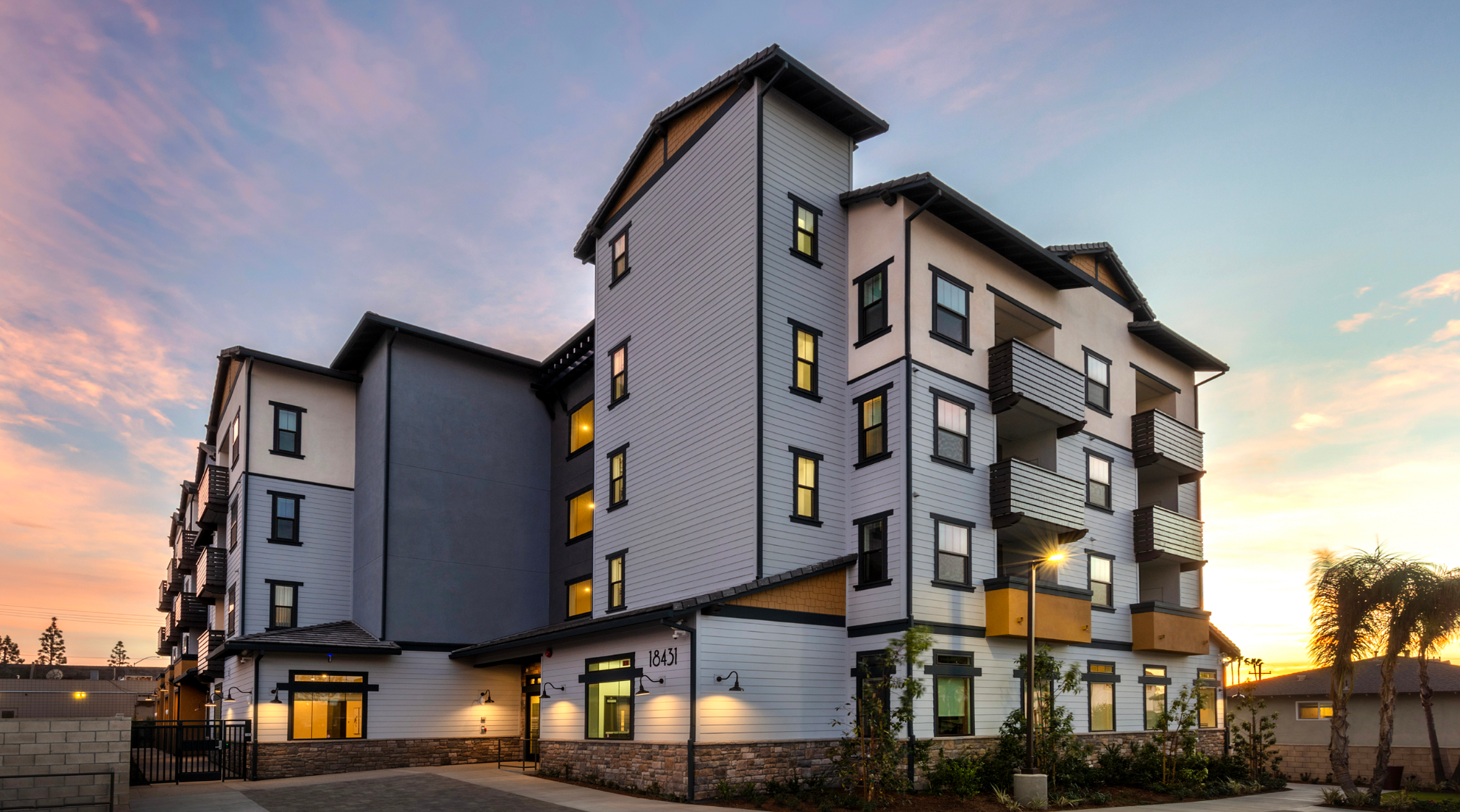Key Takeaways
- Medical respite improves people’s health outcomes while saving money overall.
- Programs decrease emergency room visits and prevent expensive hospital readmissions.
- An Orange County program saved more than $17 million for the county’s managed care plan.
What is medical respite?
Medical respite programs — also called recuperative care — provide temporary housing and medical care for people experiencing homelessness who have been hospitalized. These people are too sick or frail to recover on the streets or in shelters but not sick enough to remain in the hospital. Street medicine teams and clinic providers can also refer people to medical respite if they think their patient is at high risk for hospitalization. These programs offer safe, supportive environments where individuals can heal while receiving coordinated medical care and social services.
Medical respite improves health outcomes and saves money.
California’s homelessness crisis intersects directly with health care challenges. Without a safe place to recover, people experiencing homelessness often cycle repeatedly through emergency departments and hospital readmissions, driving up costs while the system fails to address their underlying health and housing needs. Medical respite breaks this expensive cycle by providing the missing link between hospital discharge and stable recovery. Research shows the cost savings are significant:
- $1.81 return for every $1 invested: For every dollar invested in medical respite programs, hospitals saw $1.81 in cost savings.
- $17 million saved in 18 months: Orange County’s Illumination Foundation saved more than $17 million in medical costs for CalOptima, the county’s health plan, through its medical respite program.
- Reduced emergency department dependence(PDF): Medical respite programs significantly decrease emergency room visits and prevent expensive hospital readmissions.
CalAIM transformation expands access.
California’s Medicaid transformation through CalAIM (California Advancing and Innovating Medi-Cal) has significantly expanded medical respite availability statewide, making these cost-saving programs more accessible:
- Reimbursement: Medi-Cal managed care plans can now reimburse for medical respite services, making programs financially sustainable.
- Extended stay duration: Participants can remain in medical respite for up to 90 days, maximizing recovery outcomes and cost savings.
- Integrated services: Programs connect participants to housing assistance, social services, and benefits like Supplemental Security Income (SSI).
Health Equity and System Benefits
Medical respite programs address health care disparities while strengthening California’s entire health care system. By providing appropriate post-hospitalization care for the state’s most vulnerable residents, these programs demonstrate how strategic investments in underserved populations generate system-wide savings and improved outcomes.
Looking Forward
As California continues implementing CalAIM, medical respite programs represent a proven, cost-effective solution that simultaneously improves health outcomes and reduces health care spending. These programs show that caring for Californians who experience homelessness is both the right, and fiscally responsible, thing to do.





